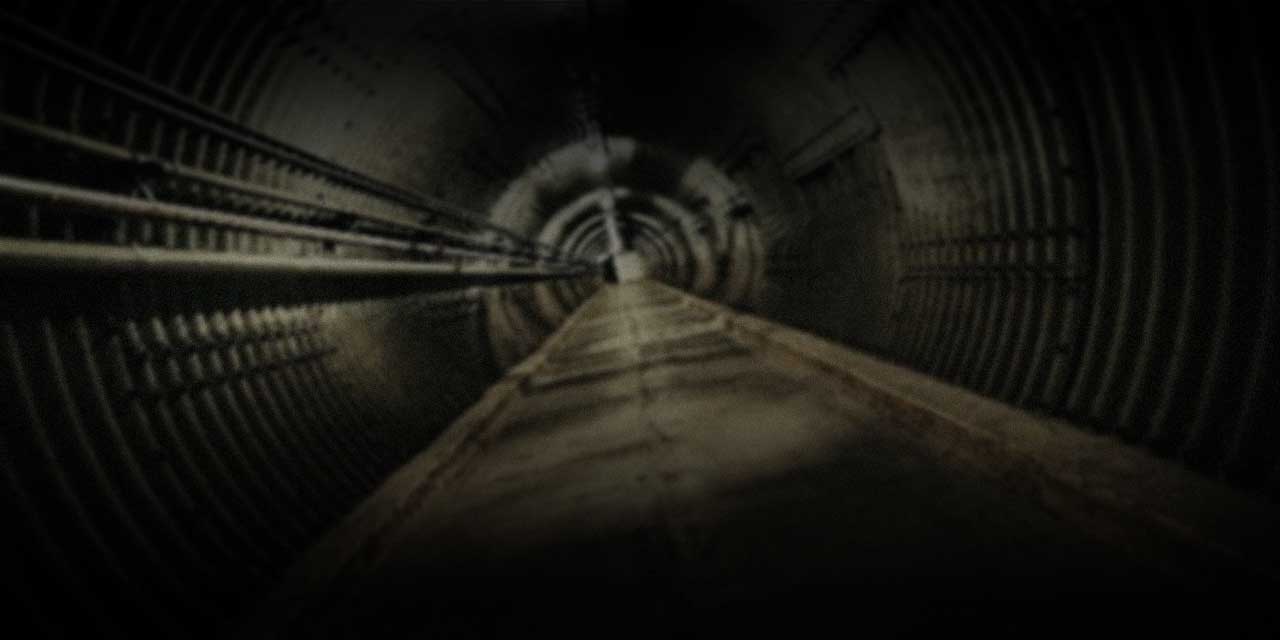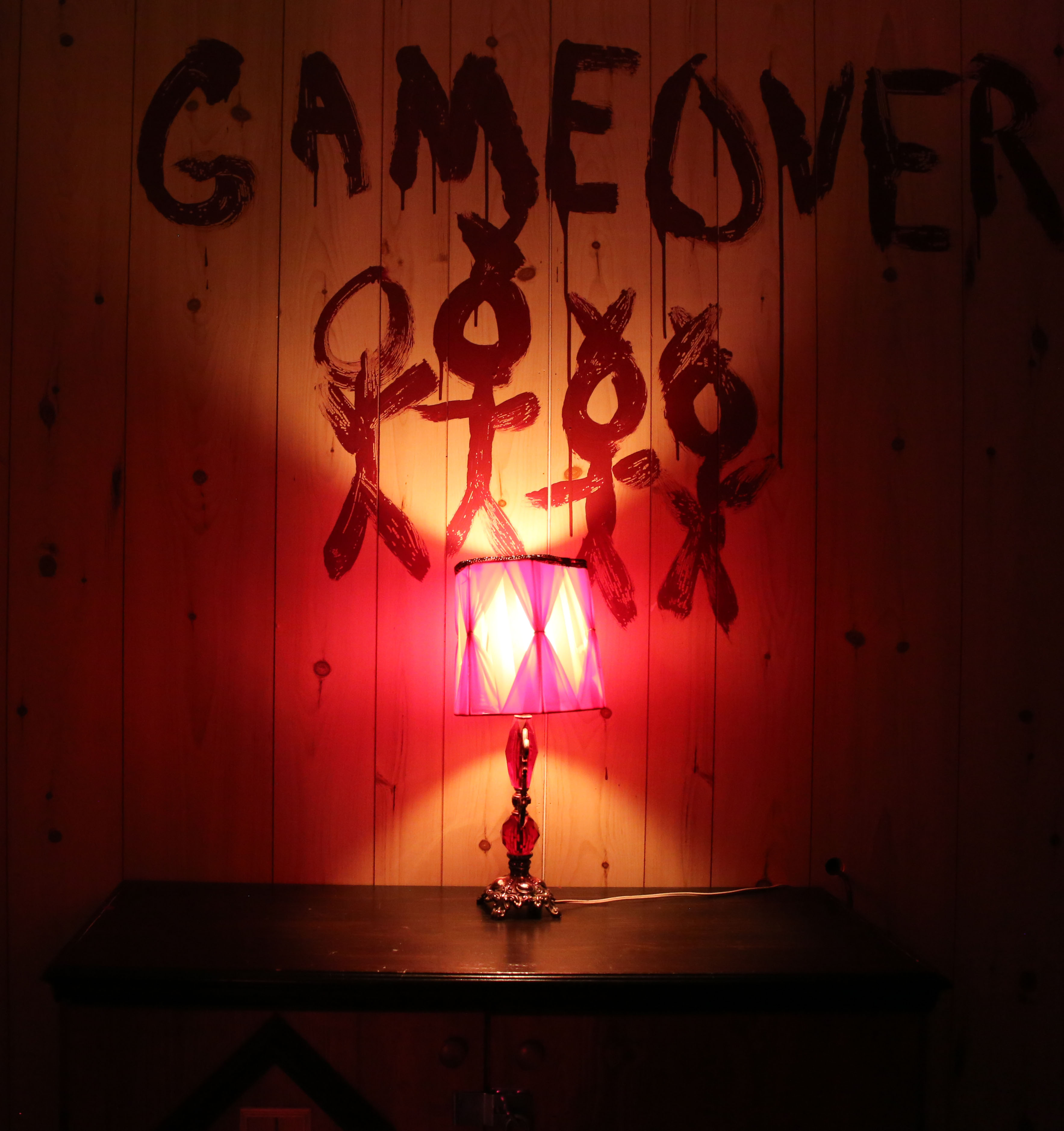Publisher:
Stay at Home Werewolves (KS), Mattel
Designers:
Juliana Pattel, Ariel Rubin
Artists:
(unknown)
Languages:
English
# of Players:
2-8 (I recommend 4-6)
Age:
7+ (the KS edition said 14+)
Duration:
60 min
BoardGameGeek References:
Game Design & Mechanics
 |
| Original prototype box |
- This game began its life as a Kickstarter project, at a time where very few "room in a box" wee available on the market. By the time it shipped (late, but then what KS isn't?), things had changed considerably, but that didn't prevent it from getting very positive reviews.
- Furthermore, almost as soon as the game was released, Mattel announced they had acquired the rights to it, and the 2nd edition of the game is indeed available for purchase as I write this review. Please keep in mind that I played the first edition, so it's possible that the Mattel version has changed a few things (but nothing major).
- Now, on to the contents... In this section, I typically describe the different components that can be found in the box, but this time it's trickier, as there are no standard components per se: as you as you lift the lid, a cardboard pane tells you to stop, and not proceed further until you're ready to play. Searching the box is an integral (and exciting) part of the game, so I don't want to spill the beans...
- Likewise, this is usually the part where I explain how the designers of the game managed to simulate the opening of a lock. Well, here's the kicker: in this game, locks... are locks. Actual locks. There's one padlock, and 2 combination locks, holding small containers shut. This is a game where you get to manipulate real, physical components.
- In spite of those constraints, I guess it's ok to mention a few things. The instruction booklet found at the top of the box will instruct your team to gather some extra pen and paper, a time-measuring device of some sort, and one glass of warm water (Oh?), which players are immediately warned is not meant to put any piece of paper in. (Oh.)
- Inside the box are a number of paper sheets with codes such as "A1" and "P5". I don't think I'm spoiling anything by saying that the "P" sheets are puzzles you will typically solve with a pen or pencil, while the "A" sheets are meant to hold the final answers. For replayability, I would suggest you don't write on any components beyond those sheets.
- There are downloadable files available on the web, allowing you to replace those Ps and As.
- The new edition comes with another gimmick: if you own an Alexa home assistant, you can install a custom app for it. The app will take care of "hosting" the game, keeping track of time, providing clues, and so on.
 |
| Prototype sent to reviewers Credits: I Play'd It |
 |
| Kickstarter edition components Credits: Room Escape Artist |
 |
| Mattel 2nd edition components |
Pros
- I can't understate how nice it is to get real locks in there. Having actual components always provide an extra thrill.
- The puzzles are numerous, and can easily be split and shared among team members.
- They're also well designed, and pretty varied (with one caveat, see below).
- The "replacement" instruction package make it fairly easy to reset your box for another play. There's even an "hosting guide" that gives suggestions about hosting the gave for a group, spreading the box' contents across a room, acting as a referee, and so on. It even includes invite templates. A nice thought.
Cons
- A significant chunk of the puzzles are word puzzles of one form or another. Fans of more traditional "puzzle hunts", popular in the US, will feel at home here, but players used to the other boxed games might find it unsettling.
- If you're like me, and English isn't your first language, you'll likely find these puzzles significantly harder than usual. Even though you're discouraged from using outside sources, you're probably better off keeping a dictionary within reach.
- The very materials that I keep lauding also happen to be rather flimsy. After just two games, I had to replace one of the locks, one physical component, and one metal box had to be fixed (thanks luv!).
- Likewise, the KS combinations locks have been known to switch their combination by accident. That happened to me once... but then that's the lock that broke, problem solved! 😉 Provided that you can find the new combination through trial-and-error, you can follow the intructions below (from the designers) to set it right.
- I have mixed feeling with the price. Paying the Kickstarter price for those components seems like a bit too much, especially when you realize that with the "refill downloads", it wouldn't be that hard to get your own components and create your own custom copy from scratch. At least the Mattel pricing fixes that.
Results
The Werewolf Experiment
Played with: 7 players
Made it? YES - 25 minutes left (after getting a time bonus) - 1 clue used


















